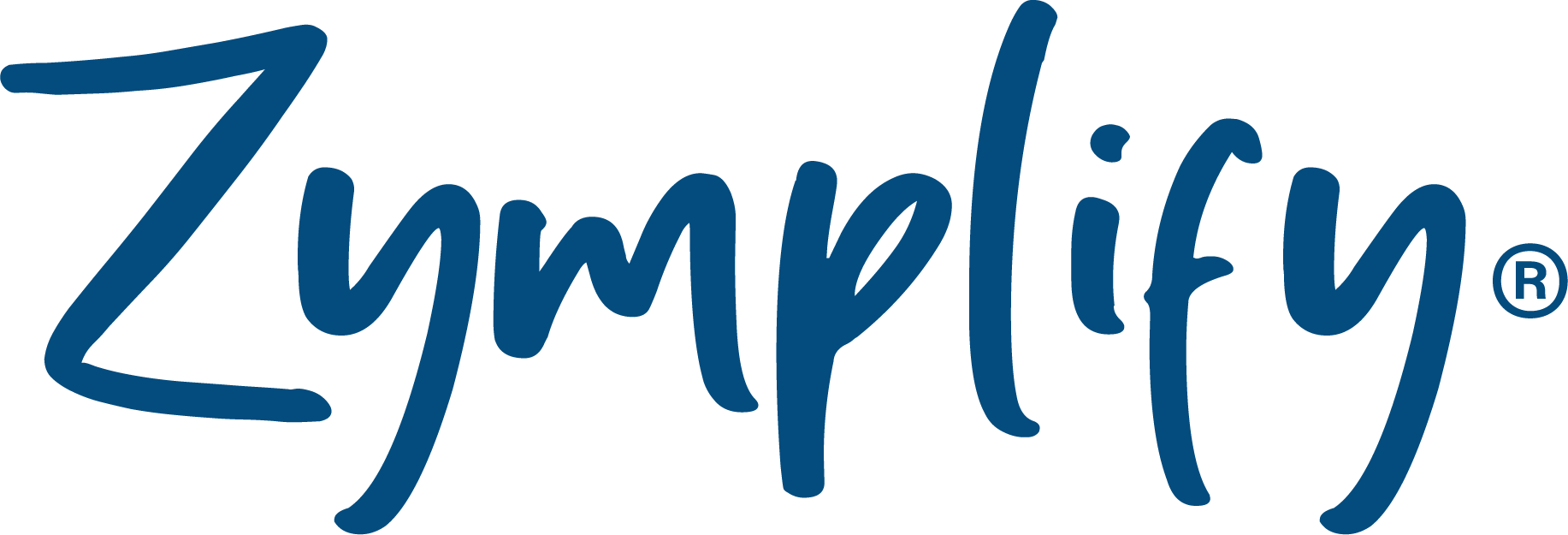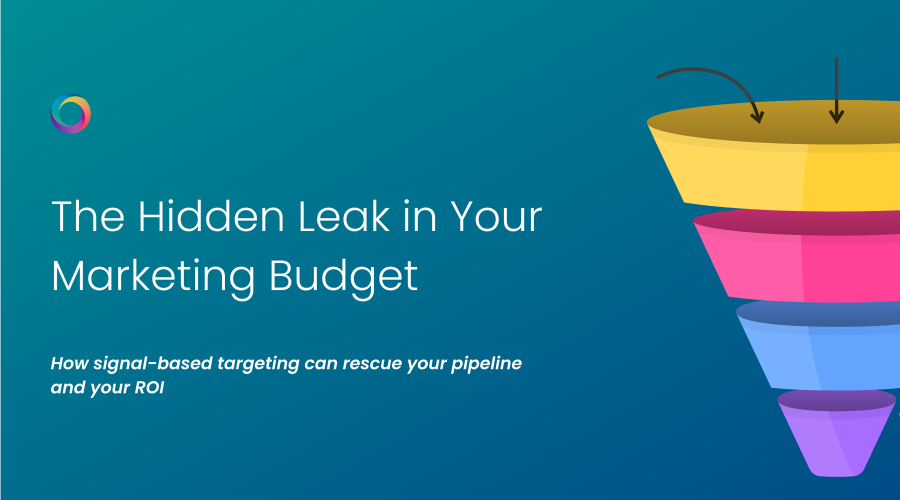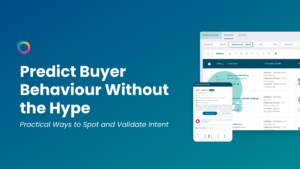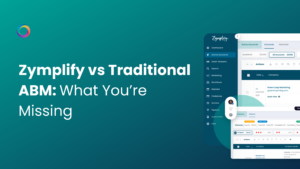How signal-based targeting can rescue your pipeline and your ROI.
In B2B marketing, budget pressure is relentless. You’re expected to generate more pipeline, from fewer resources, and still prove ROI every quarter.
So why does it still feel like your budget is evaporating into clicks and content downloads — with little to show for it?
Here’s the uncomfortable truth:
At any given moment, only 3% of your total addressable market (TAM) is actively in-market to buy.
The other 97%? They’re either not looking, not convinced, or not ready.
Yet most B2B marketers still build campaigns that treat the entire 100% like they’re all about to book a demo. It’s no wonder conversion rates are flatlining.
If your campaigns are based on generic personas and quarterly calendars — instead of actual buying signals — you’re not being strategic. You’re being hopeful.
Let’s dig into why this is happening, how it’s affecting your results, and what you can do right now to fix it.
The Funnel Fallacy: Why Fit Doesn’t Equal Readiness
For years, we’ve been taught to build funnels around ideal customer profiles (ICPs), firmographic fit, and behaviour-based scoring. But here’s the catch:
Fit tells you who they are — not whether they’re ready to buy.
And that’s a costly assumption.
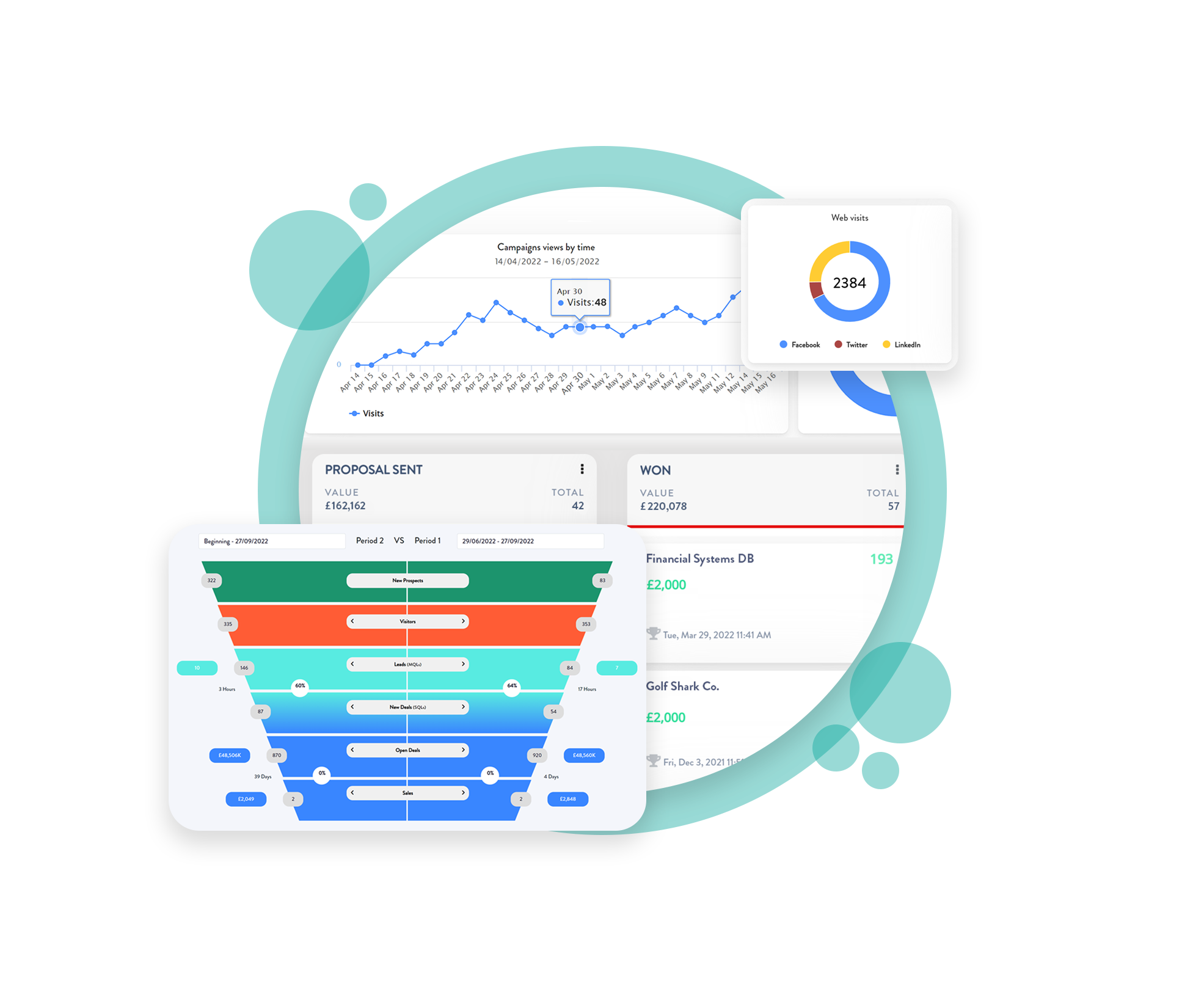
Consider this:
- Your campaign targets “marketing directors in UK SaaS companies with 50–200 employees.”
- You get thousands of impressions, clicks, maybe even some downloads.
- But only a handful convert to meetings — and fewer still to pipeline.
Why?
Because fit ≠ intent. And without real intent data, you’re flying blind.
In fact, recent research shows that:
- Up to 79% of leads passed to sales are never converted (MarketingSherpa)
- 67% of lost deals were the result of poor timing, not poor targeting (Gartner)
That means you’re spending budget attracting the right type of company — but at the wrong time.
It’s not your creative. It’s not your targeting.
It’s your timing — and it’s killing your ROI.
What Real Buying Signals Look Like
So how do you tell the difference between a lead that’s just curious… and one that’s ready to engage?
It comes down to intent. But not just any intent — validated, multi-source buying signals, captured in real-time.
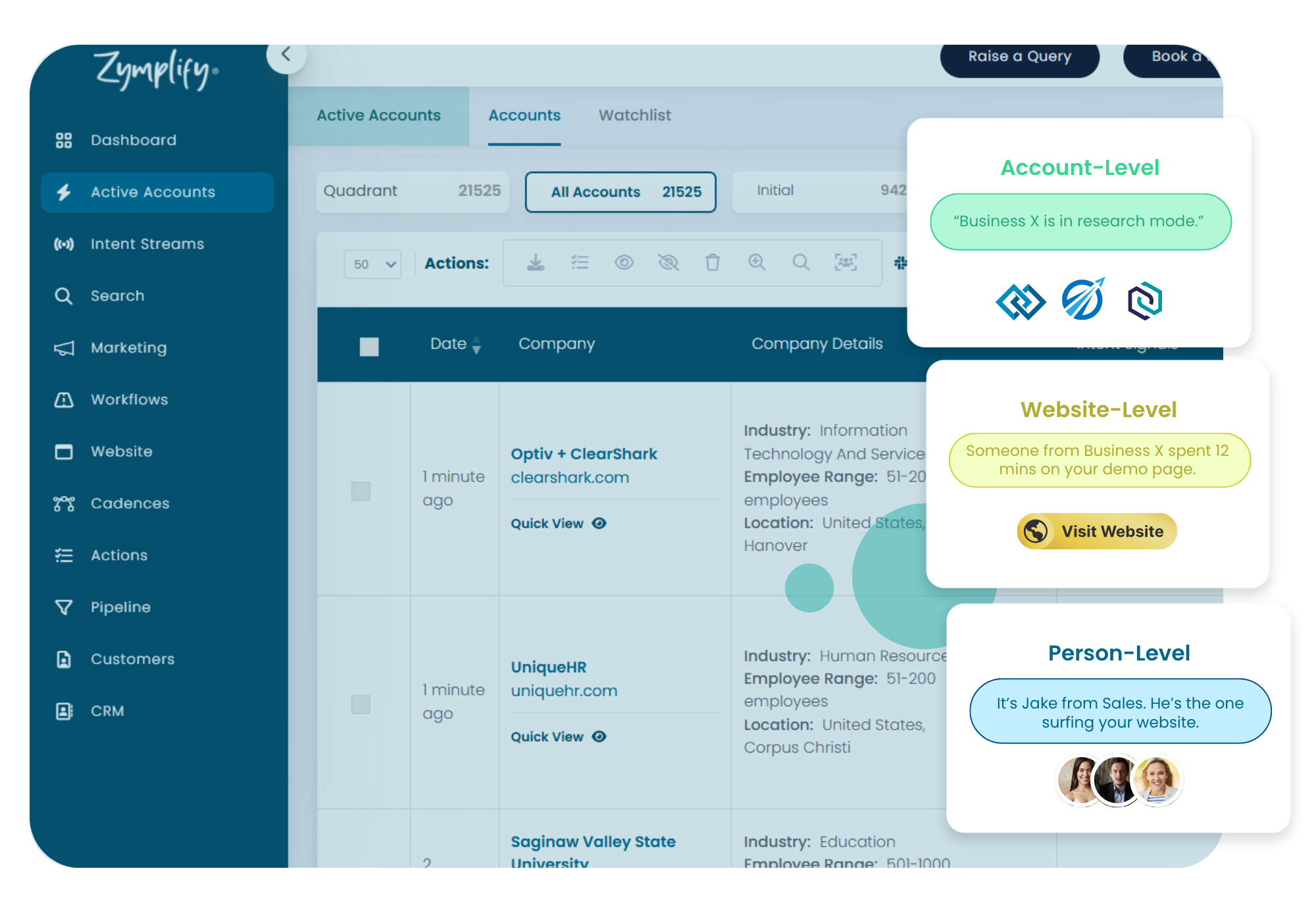
Here’s what true in-market intent looks like:
✅ High-Quality Buying Signals
- Surging topic activity across multiple third-party intent sources (e.g. G2, Foundry, Cognism)
→ e.g. A mid-sized SaaS account starts researching “ABM platforms”, “marketing automation”, and “6sense alternatives” across G2 and Foundry - Pricing or competitor page views on your website
→ e.g. A visitor from AcmeCorp hits your comparison page vs Demandbase 3 times in a week - Progression through Zymplify’s Research Quadrant™
→ e.g. An account moves from “Interested” to “Active” stage — indicating increased research depth and readiness
❌ Signals That Can Mislead
- Single content download (e.g. whitepaper or report)
- Generic brand awareness campaign clicks
- One-time homepage visit without follow-up activity
On their own, these “signals” often trigger campaign actions — but don’t represent true buying intent.
The result?
📉 Sales chases ghost leads.
📉 Marketing burns more budget trying to re-engage them.
How to Spend Smarter With Signal-Based Targeting
The fix isn’t more budget. It’s smarter orchestration.
Leading GTM teams are shifting from persona-based targeting to signal-based GTM — activating campaigns only when accounts show real buying behaviour.
Here’s how you can do the same:
1. Score Accounts by Buying Stage — Not Just Fit
Use tools like Zymplify’s Research Quadrant™ to categorise accounts based on actual research activity:
- Initial
- Interested
- Active
- In-Depth
Only accounts in the Active or In-Depth stages should enter your high-cost campaign workflows.
Example: Instead of targeting 10,000 finance companies in a campaign, focus your budget on the 300 that are currently researching financial CRM tools.
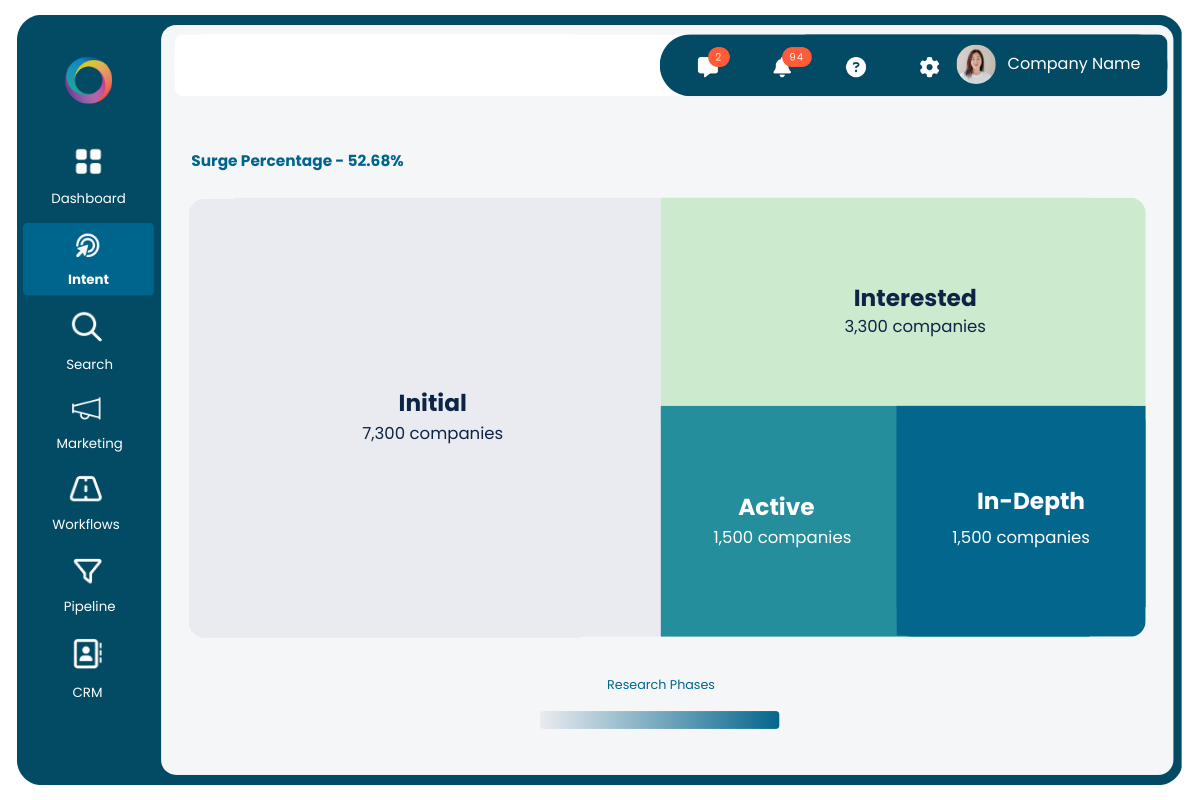
2. Align Media Spend to Surge Timing
Don’t run retargeting or paid media based on static account lists. Sync spend dynamically to intent surges.
Example: When a key account shows activity across G2 + Foundry + your product pages within 5 days, automatically trigger a LinkedIn ad sequence and notify SDRs.
3. Build Activation-Ready Campaigns
Your audience shouldn’t be “everyone in your TAM.” It should be everyone showing real-time signal.
Using tools like Zymplify, you can:
- Trigger nurture workflows for Interested-stage accounts
- Launch outbound cadences when research surges
- Suppress spend on dormant accounts
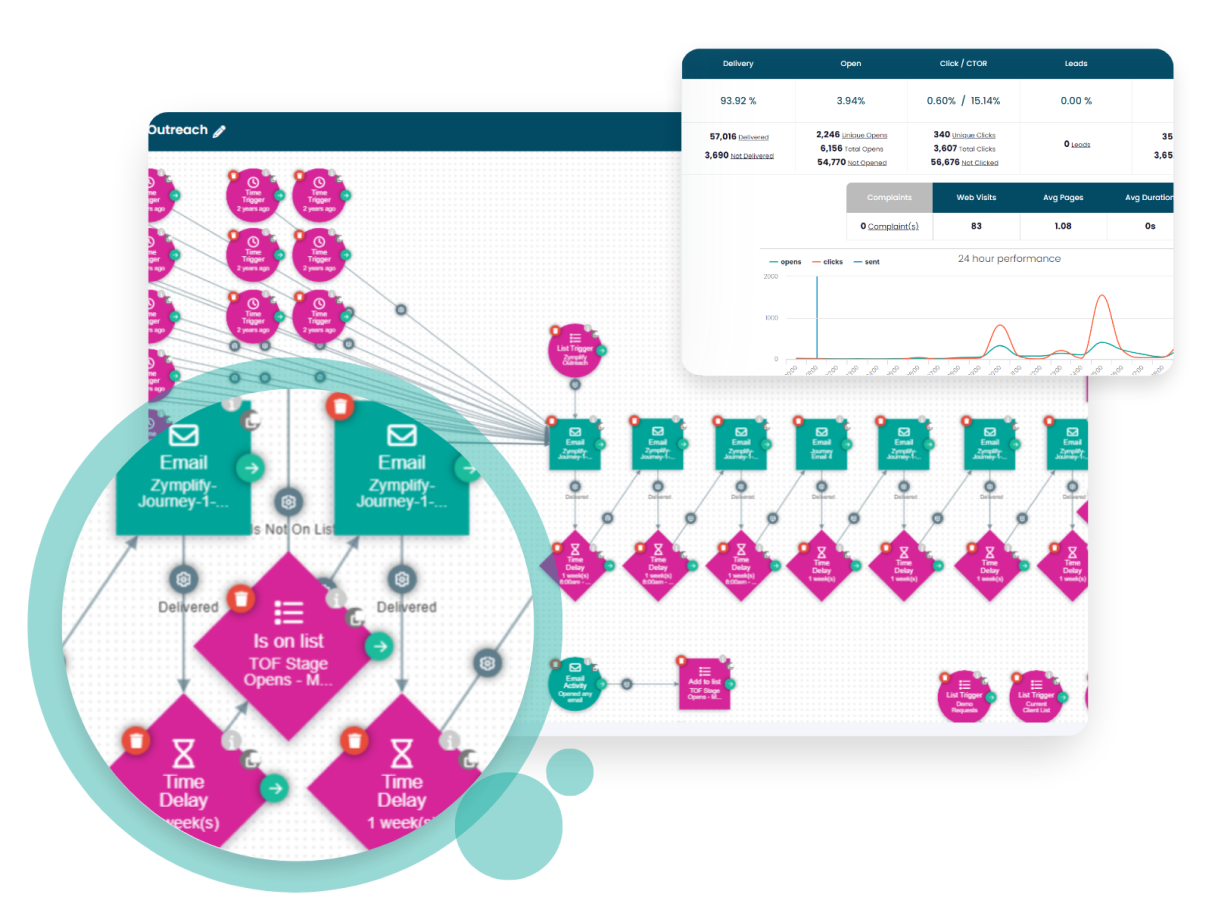
4. Route Signals to Sales — Instantly
One of the biggest budget killers?
Time lag.
It takes the average company 42 hours to follow up on a new lead. That’s 42 hours too late.
With signal-based automation, you can alert reps or trigger cadences within minutes of a signal spike — dramatically increasing your conversion odds.
Companies that follow up within 5 minutes are 9x more likely to convert leads (InsideSales.com)
The Bottom Line: Spend Less. Convert More.
The fastest-growing B2B teams in 2025 aren’t the ones with the biggest budgets — they’re the ones making the smartest bets.
They’re no longer building campaigns based on assumptions.
They’re not waiting for form fills or static lead scores to kick in.
They’re not drowning in spreadsheets and disconnected tools.
Instead, they’re working from live buyer signals — real-time indicators of demand that tell you:
- Who’s researching solutions in your category
- When that interest surges
- Which contacts are driving the behaviour
- And how to engage them before your competitors do
This isn’t just smarter marketing. It’s a smarter go-to-market strategy.
With the right signals, you:
✅ Eliminate wasted ad spend
✅ Increase conversion rates
✅ Align sales and marketing on real opportunities
✅ Build pipeline faster — without adding headcount
And the best part? You don’t need to rebuild your stack to get started.
Zymplify’s GTM Agent is built to plug in, surface live intent, and activate your outreach in minutes — no complex setup, no data wrangling, no lag.
Want to See It in Action?
Try Zymplify’s GTM Agent for Free Today
→ Spot live buying signals
→ Prioritise ready-to-buy accounts
→ Engage faster — directly from the platform
No forms. No friction. Just real demand, revealed.
